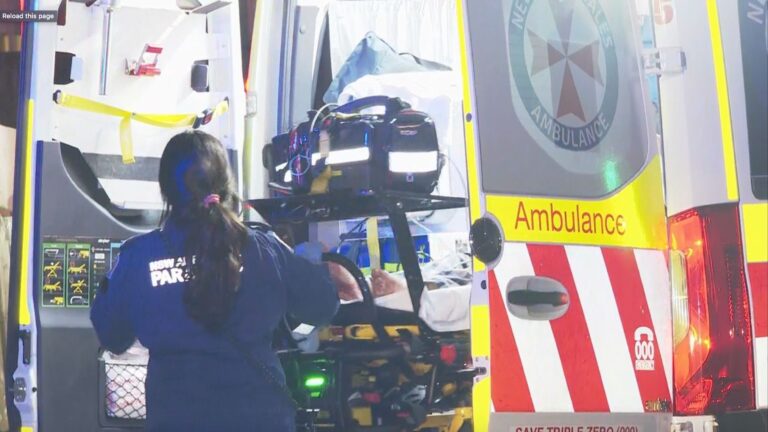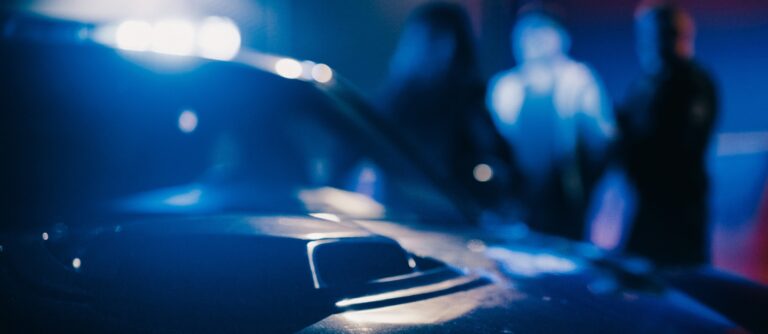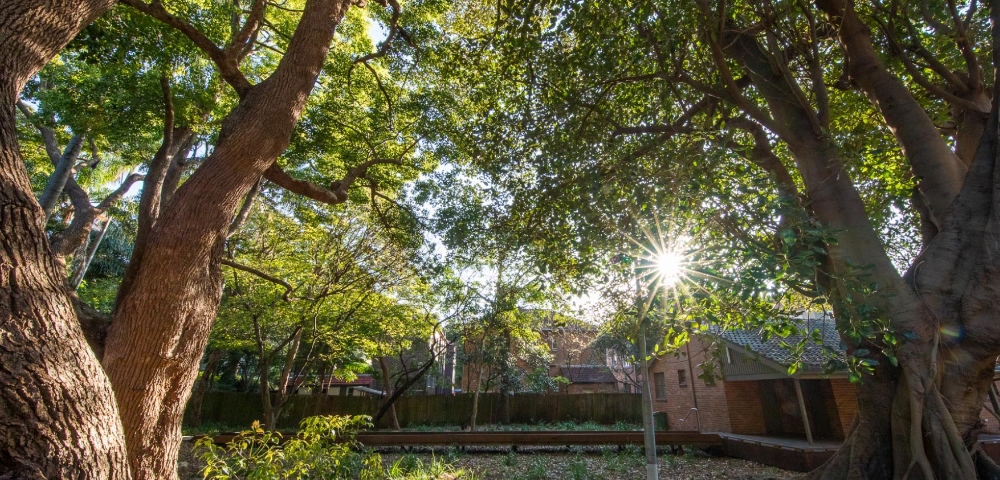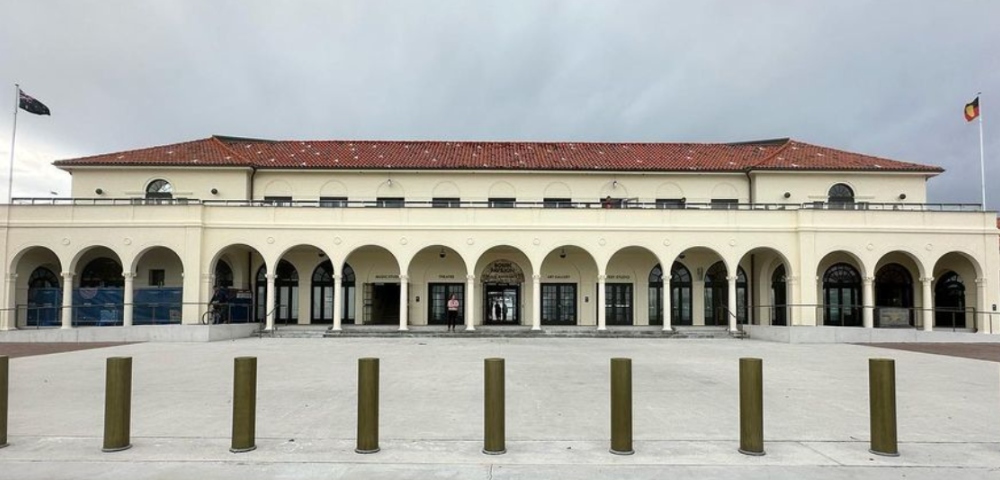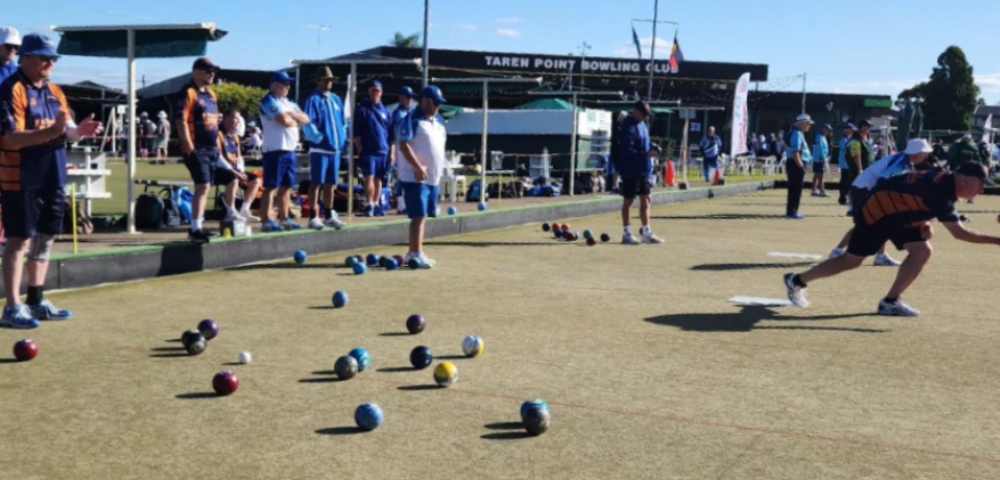
Guardian angels of the skies
BY PAM WALKER
It’s a good thing the Westpac Life Saver Rescue Helicopter service extended its beach and coastal surveillance patrols over the Christmas/New Year period.
It meant that it was on hand to chase a Hammerhead shark back out to sea at Maroubra after sharks were also spotted off Bronte and Tamarama.
The helicopter service has been roaming the skies across the greater Sydney coastline, as far north as The Entrance and as south as Stanwell Tops, as well as being on call for coastal-based search and rescue emergencies. Summer patrols increase even more over the festive period because that’s the time most people hit the beaches and the influx of tourists is at its peak.
This great community service, owned by Surf Lifesaving, has been a familiar sight across Sydney beaches for 35 years, watching over swimmers with coastal and beach patrols
The non-profit service is based in the Botany Bay National Park at the northern tip of the entrance to Botany Bay at La Perouse, and the pilots and crew put their lives on the line to save others.
Peter Yates has been a pilot for the service for the last eight years, and chief pilot for six years.
‘We are a community-based aquatic search and rescue helicopter service for the Greater Sydney region, from the Central Coast to Wollongong but we do a lot of work in the Eastern suburbs,’ Mr Yates said, adding that many of its crew are from Bondi, recruited through the surf clubs.
‘We’re not-for-profit and get no government funding. We are funded by Westpac and donations, and the hours we get in the air depend on how much funding we get. But we always find a way to respond to any emergency.’
And there’s a massive range of emergencies they respond to, from rescuing people washed off the rocks to helping people in distress in the water, on surf skis or divers. Even less experienced surfers sometimes get in trouble because their boards break or they get tired.
‘We’re also a very good search platform. We look out for swimmers who go missing ‘ if people are washed out to sea in a rip we’re the most efficient way of finding them,’ Mr Yates said.
In summer months the service receives a lot of call outs, especially over the school holidays but there’s a steady flow even throughout the colder months.
‘At South Head and the Royal National Park there’s a lot of black spots for rock fishing but people keep fishing there. It’s quite dangerous anywhere on cliff edges – up high or down on the shelves,’ Yates said. ‘Sometimes people have been standing on an overhang which has given way. We also see areas where there have been rock falls and, if people are unaware of the tides, they have been caught by surprise on rock shelves.’
The helicopter has to be always available and ready to go but despite the large area covered, it is often only 15 minutes before it returns to base.
But the helicopter’s presence doesn’t always mean there’s an emergency going on.
‘We also patrol beaches and the coastline over summer looking for people swimming in unpatrolled areas. We pass the information on to lifeguards and if we see someone in distress, we react,’ Mr Yates said. ‘We keep an eye out for sharks, water pollution and developing rips. Basically, we do anything involved with water safety.’
For more information or to donate to the service, visit www.lifesaver.org.au or donate at any Westpac branch.


